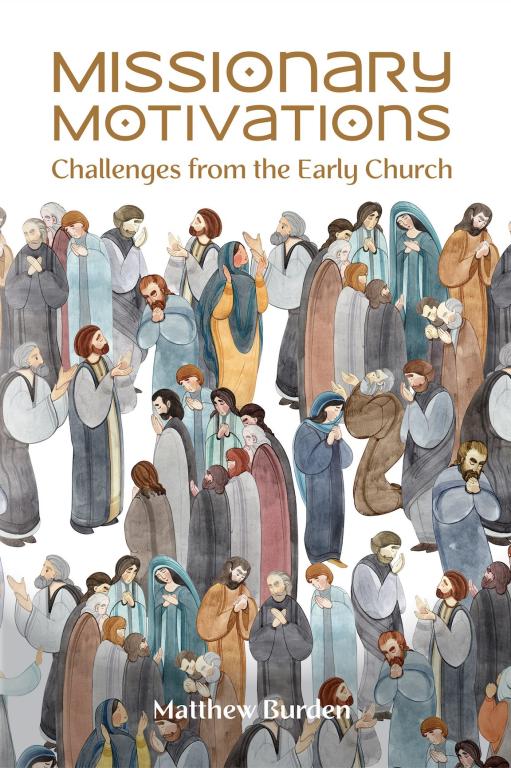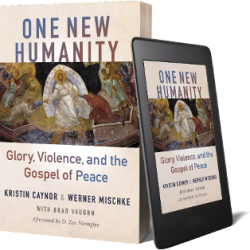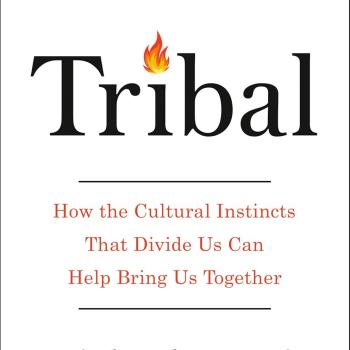What are our motivations for participating in God’s missionary calling upon the church to spread the gospel? Today, Christians are almost unanimous on the answer. One hears people emphasize the need to save people from eternal death. Such a concern stems from a love of God and a love of people. For countless evangelicals, they’d simply quote you the “Great Commission” in Matthew 28:18-20.
What motivated the early church?
These answers seem obvious to us. But they are not the answers one finds when you survey history from the first early church through the medieval period. This observation is what drove Matthew Burden to write his recent (and excellent) book Missionary Motivations.

Missionary Motivations examines the underlying themes and motivations of early Christian missionary activity. Matthew Burden highlights three themes that motivated early Christian expansion: the already-but-not-yet reign of Christ, Christian identity as a royal priesthood, and the focus on establishing worshiping communities.
The already-but-not-yet reign of Christ was the driving force behind early Christian missionary activity, and Christians were seen as a “royal priesthood” with the duty of representing Christ’s reign and facilitating its spread. Early Christian expansion focused on establishing communities of worship rather than individual conversions. Mission’s communal aspect is evident in the development of wandering monasticism.
An Expansive Approach
Burden does not limit his focus to one or two regions of the world. He attempts to provide a balanced account of the spread of Christianity. Most of the book surveys Christianity’s expansion in different regions of the world. Chapter 2 focuses on the expansion of Christianity in the Roman Empire. It lays special stress on the church’s “passive evangelism,” “active evangelism,” and the role of the martyrs. Burden also notes how early Christian missionaries drew upon the cultural concept of patronage in Greco-Roman culture to spread Christianity.
Chapter 3 looks at the early expansion of Christianity towards the East, including India, Syria, Mesopotamia, Armenia, Georgia, and Persia, detailing the impact of miracles and monasticism on the Christian movement. Chapter 4 explores Christianity’s spread into Arabia, Africa, Ethiopia, and Nubia Burden highlights, “the importance of doing mission within the ecclesiastical structure of the church.” Chapter 5-6 then the expansion of Christianity into Central Europe and highlights the motivations and methods of key figures in this process.
Synthesizing Missionary Motivations
The final chapters helpfully synthesize the history and geographic survey of the previous chapters. In Chapter 7, Burden takes a step back and poses the question, “What does mission look like when undertaken in the spirit of early Christianity?” He first concludes that “mission in the spirit of early Christianity is communal and ecclesial.” Early Christian mission focused on building worshiping communities as the end goal, rather than just converting individuals.
The typical pattern was for an established community or representative to go out and establish a pattern of worship, which would serve as a center of gravity for winning converts. Christians believed that they were not just individuals saved by Christ, but members of a new community, the Church, which was a foretaste of the coming kingdom of God.
This sense of belonging to a community of believers was a powerful motivator for early Christians and helped to sustain them through persecution and hardship. This was different from the later Protestant mission movement, which aimed to make enough converts to establish a church.
Chapter 8 explores the theological worldview that drove early Christian expansion. It underscores early Christians’ desire for all-encompassing holiness and the pursuit of a holistically Christian mode of life as a significant missionary motivation. Men and women sought ways to imitate the life of Christ more closely or devote all their attention to prayer and contemplation, which drove the development of several types of monasticism.
Chapter 9 notes that the commonly articulated motivations for missionary work in our day, such as concern for the spiritual state of others and the Great Commission, were not prevalent in early Christian records. Rather, “early Christian expansion appears to have been motivated less by Jesus’s commands and more by his pattern of life.” Furthermore, they were moved by the Old Testament’s inspiring prophecies that Christians believed they were fulfilling.
One of my favorite quotes from Burden’s book states,
Soteriology tends to undergird missionary methods and motivations, so it is no surprise that a culture with Christus Victor theology as a primary lens appears to function on a different missiological wavelength than later Protestant groups, many of whom have had a view of substitutionary atonement as their primary soteriological lens.
In early Christianity, the view of mission envisioned a triumphal war against Satan and the powers of evil, and so Christians employed spiritual warfare as the frontline tactics of its mission. Exorcisms, healings, and displays of supernatural power went side-by-side with the gospel message. Not only was the salvation of individuals a wonderful thing for the individuals themselves, it was a blow against the enemy, whose kingdom of darkness was shrinking with every new convert that was transferred into the kingdom of light.
Why does a “Christus Victor” perspective motivate missions? For one thing, “In Christus Victor theology, no missionary endeavor carried out in the spirit of Christ can be a failure, simply because every such effort, regardless of the visible results, is a blow against Satan’s kingdom.”
Worth Checking Out
I recommend this book if you are interested in church history, evangelism, and the spread of the church globally. This is a resource worth talking about in your church or mission organization. I would want each of us to ask, “In what way have we not been motivated to join in God’s mission for the same reasons we see animating the early church?”
Missionary Motivations offers a comprehensive analysis of the underlying themes and motivations of early Christian missionary activity. Burden’s insights into the communal aspect of mission, the role of patronage, monasticism, and pursuit of holiness, and the historical context of early Christian evangelism provide valuable perspectives on contemporary Christian mission.













